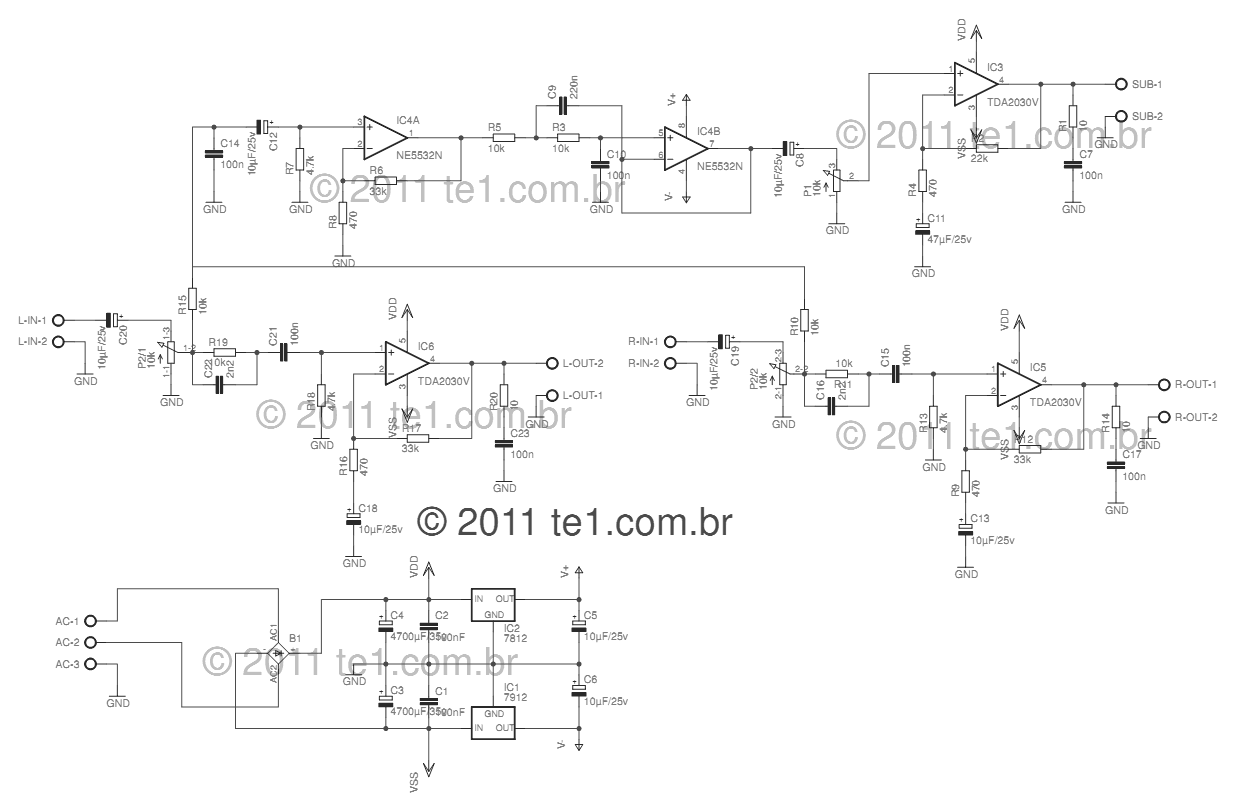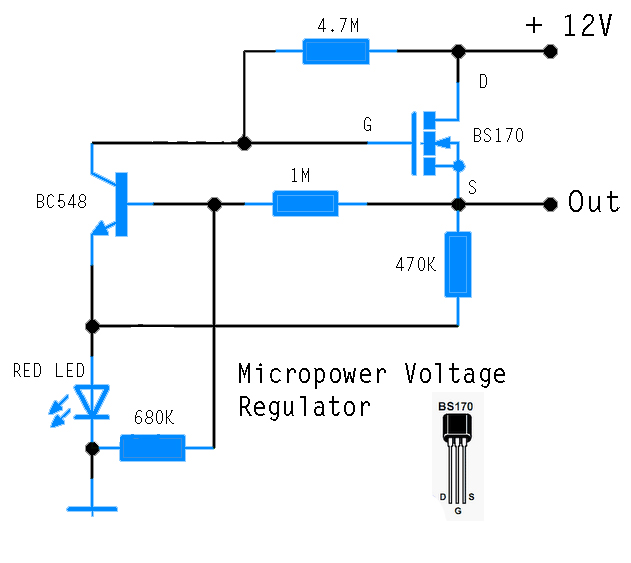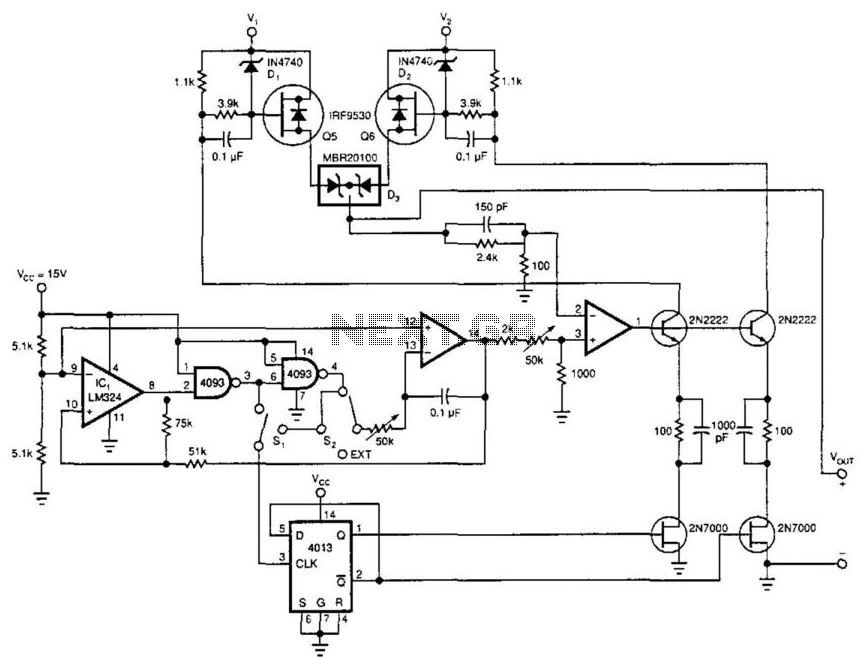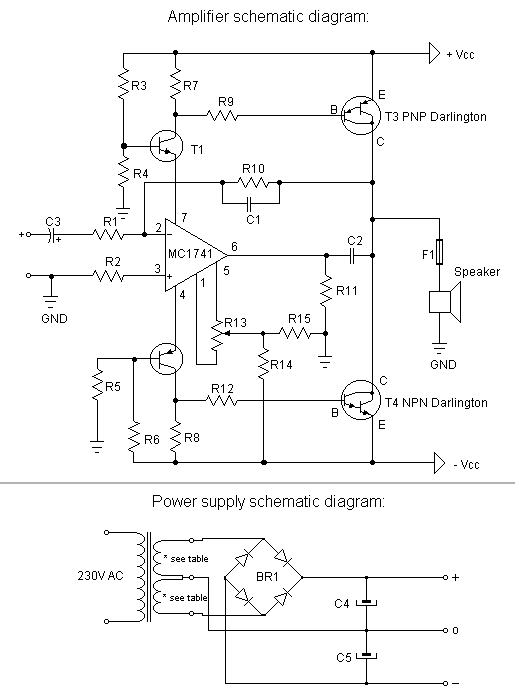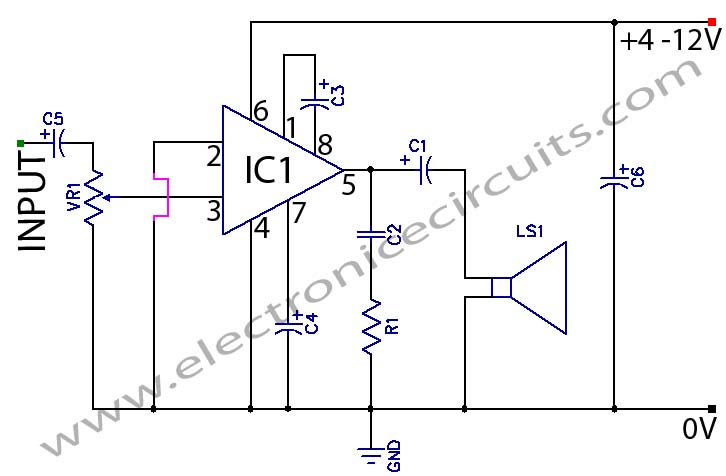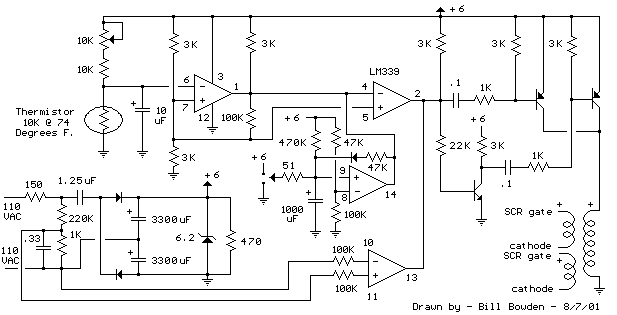
Power Factor Correction
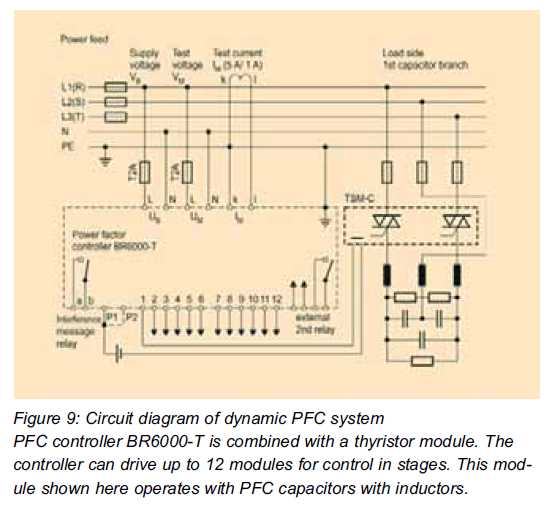
A change in technology is occurring in power factor correction. Static power factor correction (PFC) systems are being gradually replaced by dynamic systems that provide new technical advantages.
Dynamic power factor correction (PFC) systems represent a significant advancement in managing reactive power in electrical systems. Unlike static PFC systems, which utilize fixed capacitors to correct power factor, dynamic PFC systems employ variable reactive power compensation techniques. These systems can adjust in real-time to the changing load conditions, ensuring optimal performance and efficiency.
In a dynamic PFC system, power electronic devices such as thyristors or IGBTs (Insulated Gate Bipolar Transistors) are used to control the reactive power supplied to the electrical network. This allows the system to respond to load variations instantly, providing a more effective solution for maintaining a high power factor. The integration of advanced control algorithms further enhances the system's capability by predicting load changes and adjusting the reactive power output accordingly.
Additionally, dynamic PFC systems can improve the overall stability of the power grid by reducing voltage fluctuations and harmonics. This is particularly beneficial in industrial environments where large motors and other inductive loads can cause significant power factor issues. By maintaining an optimal power factor, these systems not only enhance energy efficiency but also contribute to lower energy costs and improved equipment lifespan.
Overall, the transition from static to dynamic power factor correction systems signifies a pivotal shift towards more intelligent and responsive electrical management solutions, aligning with modern energy efficiency standards and sustainability goals.Dynamic progress A change in technology is taking place in power factor correction. Static PFC systems are being progressively replaced by dynamic systems that offer new technical.. 🔗 External reference
Dynamic power factor correction (PFC) systems represent a significant advancement in managing reactive power in electrical systems. Unlike static PFC systems, which utilize fixed capacitors to correct power factor, dynamic PFC systems employ variable reactive power compensation techniques. These systems can adjust in real-time to the changing load conditions, ensuring optimal performance and efficiency.
In a dynamic PFC system, power electronic devices such as thyristors or IGBTs (Insulated Gate Bipolar Transistors) are used to control the reactive power supplied to the electrical network. This allows the system to respond to load variations instantly, providing a more effective solution for maintaining a high power factor. The integration of advanced control algorithms further enhances the system's capability by predicting load changes and adjusting the reactive power output accordingly.
Additionally, dynamic PFC systems can improve the overall stability of the power grid by reducing voltage fluctuations and harmonics. This is particularly beneficial in industrial environments where large motors and other inductive loads can cause significant power factor issues. By maintaining an optimal power factor, these systems not only enhance energy efficiency but also contribute to lower energy costs and improved equipment lifespan.
Overall, the transition from static to dynamic power factor correction systems signifies a pivotal shift towards more intelligent and responsive electrical management solutions, aligning with modern energy efficiency standards and sustainability goals.Dynamic progress A change in technology is taking place in power factor correction. Static PFC systems are being progressively replaced by dynamic systems that offer new technical.. 🔗 External reference
